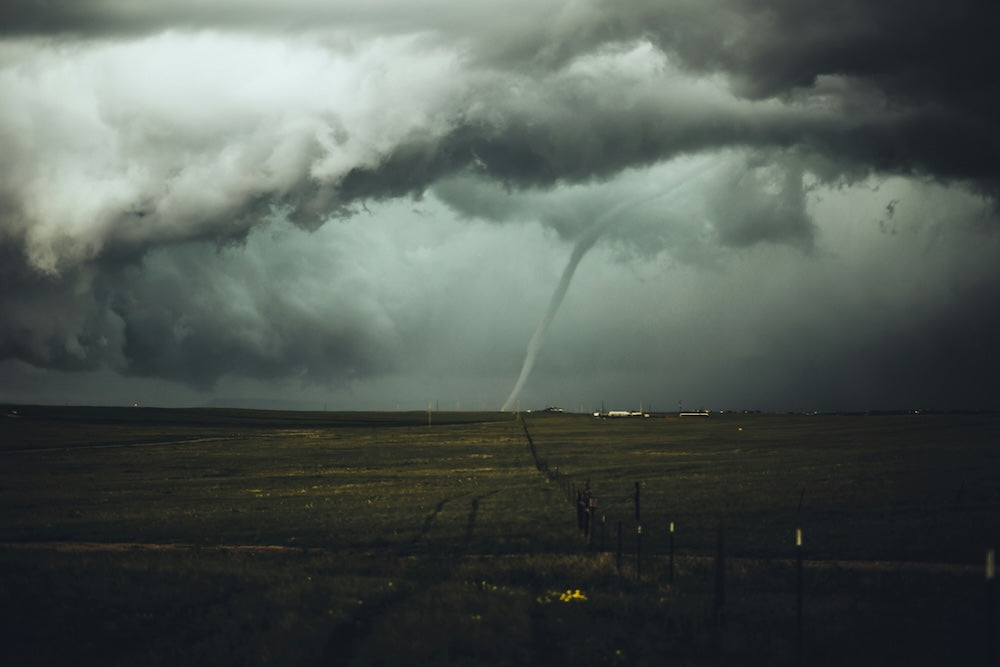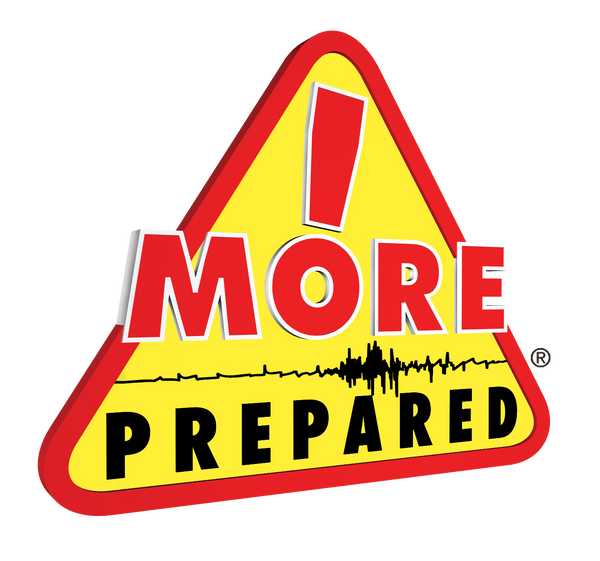
Preparing for Tornadoes
Tornadoes have been reported in every state and on every continent except Antarctica, but most frequently occur in spring and summer months in the central United States between the Rockies and the Appalachian Mountains, a region popularly known as Tornado Alley. Texas, Oklahoma, and Kansas experience the most tornadoes. By definition, a tornado is a violently rotating column of air that stretches from the base of a thunderstorm cloud to the ground. Most are relatively small and short lasting, but some reach epic proportions, with winds up to 250 mph and capable of causing devastation across a wide swath of land. On average, more than 800 tornadoes are reported each year in the United States, causing 80 deaths, 1500 injuries, and millions of dollars in property damage.
Before a Tornado
Be familiar with your community’s warning system. Pick a safe place in your home to seek shelter: a basement, storm shelter, or interior, lower level room with no windows. Consider having your safe room reinforced for better protection. Listen to local news or the NOAA Weather Radio for the latest weather information. Look for warning signs of a tornado: dark, greenish sky; large hail; large, low-lying clouds; a loud roar like a freight train. If you witness an approaching tornado, or a tornado warning is announced, seek shelter immediately.
During a Tornado
Seek shelter immediately. The safest place is in a basement, storm shelter, or interior room. Put as many walls between you and the storm as possible. Take shelter under a sturdy table. If you are outside, in a vehicle or mobile home, proceed immediately to a building that provides safe shelter. Mobile homes do not provide safe shelter. Do not try to outrun a storm. If outside and no shelter is available, lie flat in a ditch or depression, cover your head with your hands. Do not take shelter under an underpass or bridge; you are safer in a low, flat location. Avoid flying debris.
After a Tornado
Listen to local news or the NOAA Weather Radio for further weather bulletins and instructions. Stay out of damaged buildings; avoid fallen electrical lines and broken gas and water lines. If you smell gas or hear a hissing sound, exit the building immediately. Use a battery-powered flashlight to examine building damage, not a candle. Take pictures of damage for insurance claims. Reserve telephones for emergency use only.
How to Be More Prepared
In the wake of a storm, power, water, and gas service may be interrupted and family members may require basic medical attention. It is therefore essential to maintain a home emergency survival kit that can help your family be self-sufficient for three days or more.
